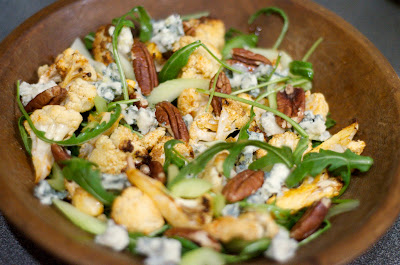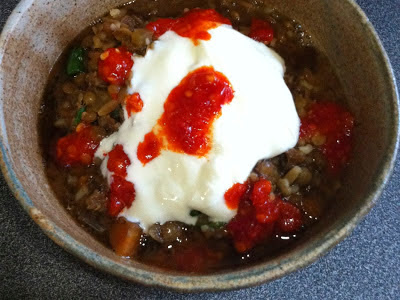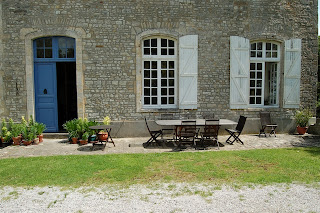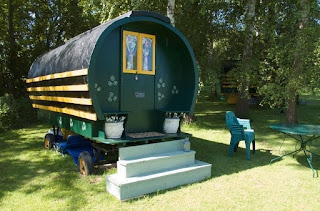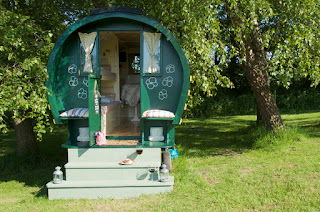In 2006, Mark Bittman wrote an article in the New York Times about Jim Lahey of Sullivan Street Bakery's No Knead Bread recipe. This article sparked a bread making revolution in America. My mother's eagle eye spotted the article and cut it out for me. She sent it off to me in London saying, "You must try this recipe, it is magic!" Try it I did, and yes, it is magic. So, now I say to you, dear reader: "You must try this recipe, it is magic!" Imagine, anyone of any level of bread making experience can make the most beautiful loaf of bread in your home kitchen! And you don't need to be nervous about your kneading skills.
We have photographed the whole process for you to help illustrate how easy this recipe is. The most important thing is to realise it will take 18 - 24 hours to ferment, so plan to make your loaf a day in advance.
Mark Bittman reveals the No Knead Bread
Jim Lahey's No Knead Bread
I like to make my bread with some wholemeal flour to give it a bit more fiber. My recipe has slightly different weights and measurements to Jim Lahey's original recipe. In the UK, bread is best made with strong flour which has a higher gluten content. In America, I favour King Arthur Flour, which is a great all-purpose flour. You could also combine the flour measurements and use their White Whole Wheat product.
180 g / 1 Cup (strong) whole-wheat or wholemeal flour
310 g / 2 Cups (strong) white flour or All-Purpose flour like King Arthur's
1/2 tsp yeast
1 3/4 tsp table salt
345 ml / 12 oz water
Place all of the dry ingredients in a large bowl.
Whisk them together so they are thoroughly mixed.
Add the room temperature tap water to the dry ingredients.
The dough will come together into a rough and slightly sticky batter with a quick stir. Cover with cling film and allow to ferment for 12 - 18 hours (even up to 24 hours).
The dough will become quite loose and wet after 18 hours.
Turn your oven onto 225C/450F and place a covered casserole dish into the oven to heat for 30 minutes. (Others have used covered Pyrex dishes, ceramic dishes with lids or Aluminium casseroles. The most important element is that it has a cover.)
Turn your dough out onto a liberally floured tea towel.
Very gently shape the dough into a round loaf and allow to rest while the pot heats in the oven. Do not knead it! You've made a lovely structure and kneading will ruin it.
Gently place the dough into the VERY HOT lidded casserole dish. Some people put a bit of cornmeal or bran on the bottom of the pot to prevent sticking, but I haven't found this is necessary. Put the lid on and place it back in the oven.
Bake for 30 minutes at 225C/450F with the lid on. After 30 minutes, it will look like this.
Remove the lid and bake for a further 15 minutes at the same temperature. It will look like this.
Allow the loaf to cool for an hour before cutting into it. This will be the biggest challenge of the entire recipe.
Once you've made this recipe you can start to make lots of variations. Try onion, cheese and rosemary or cranberry and pecan. Simply add those ingredients at the beginning of the process. What variations would you make?














